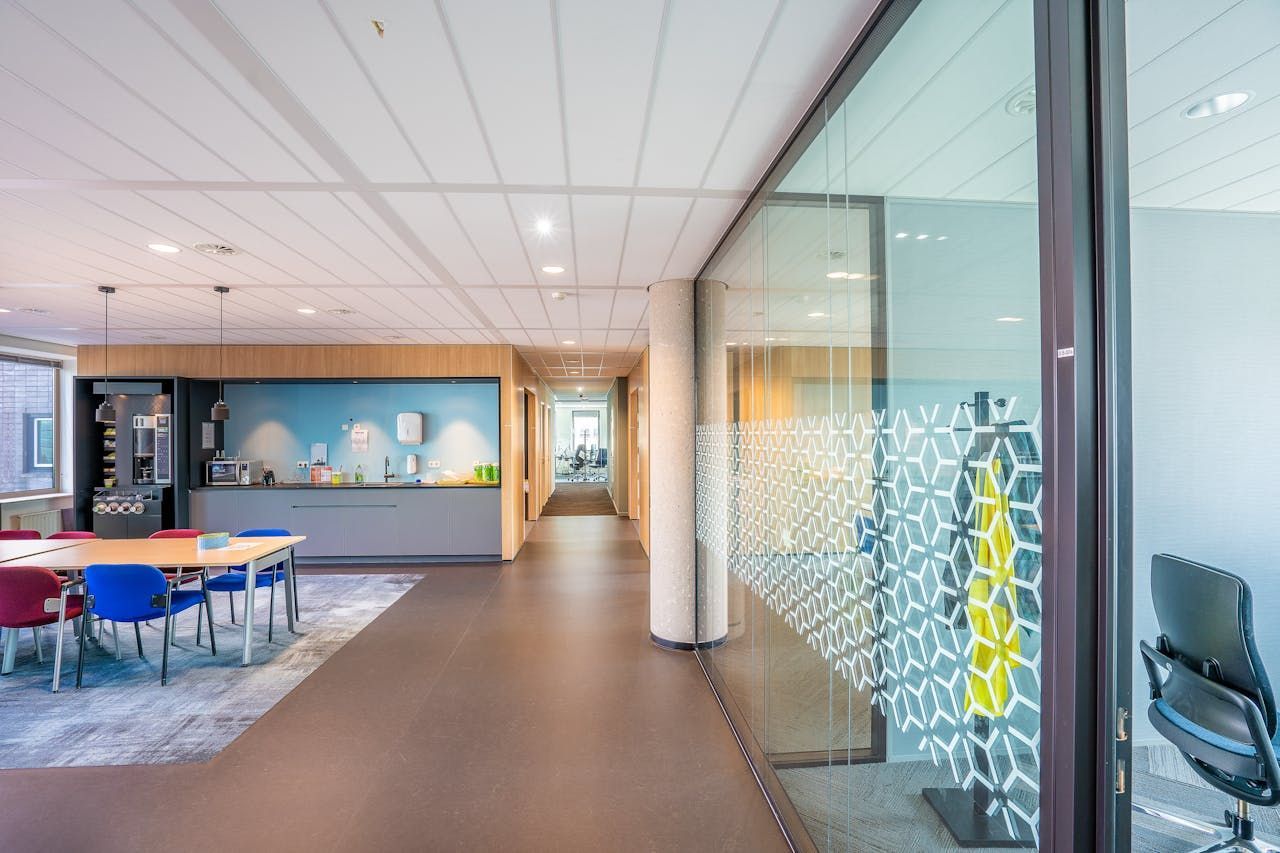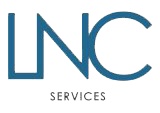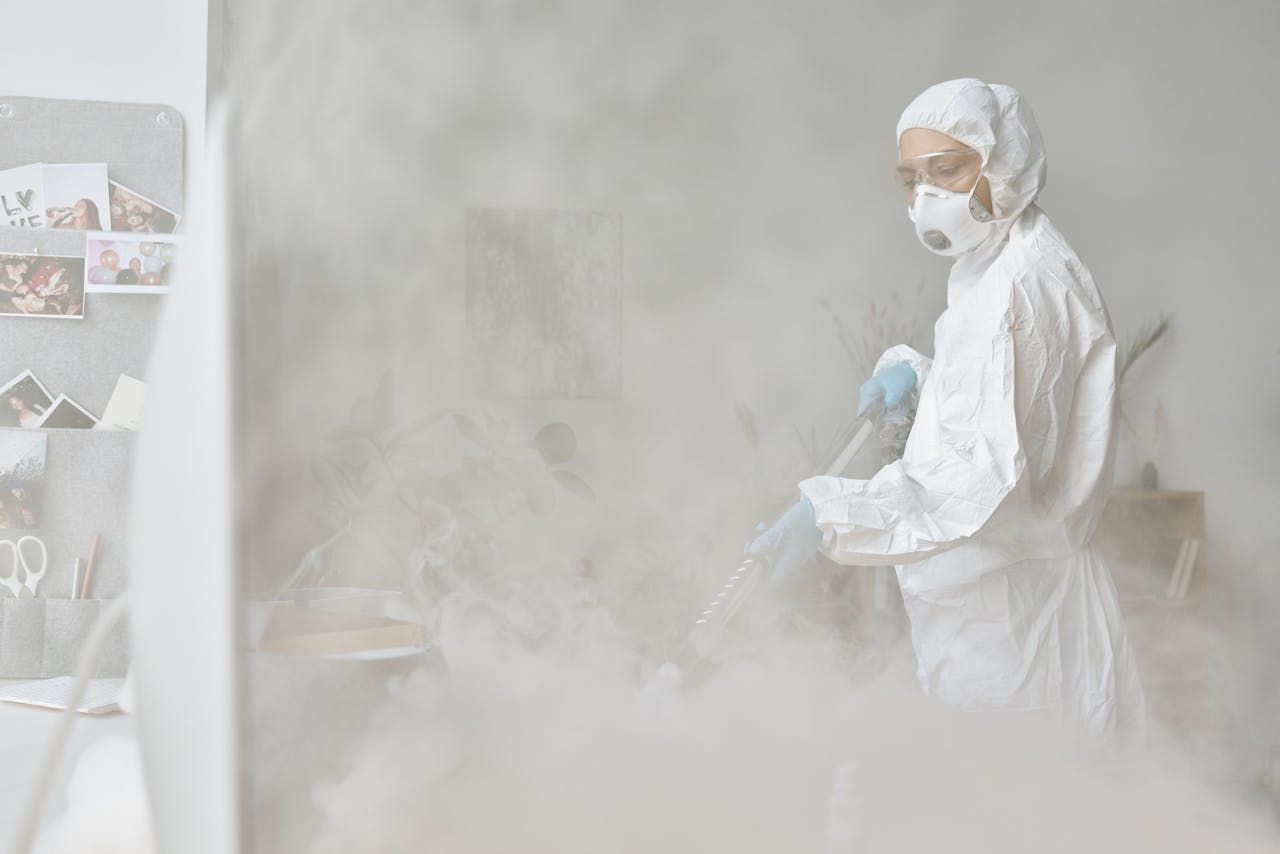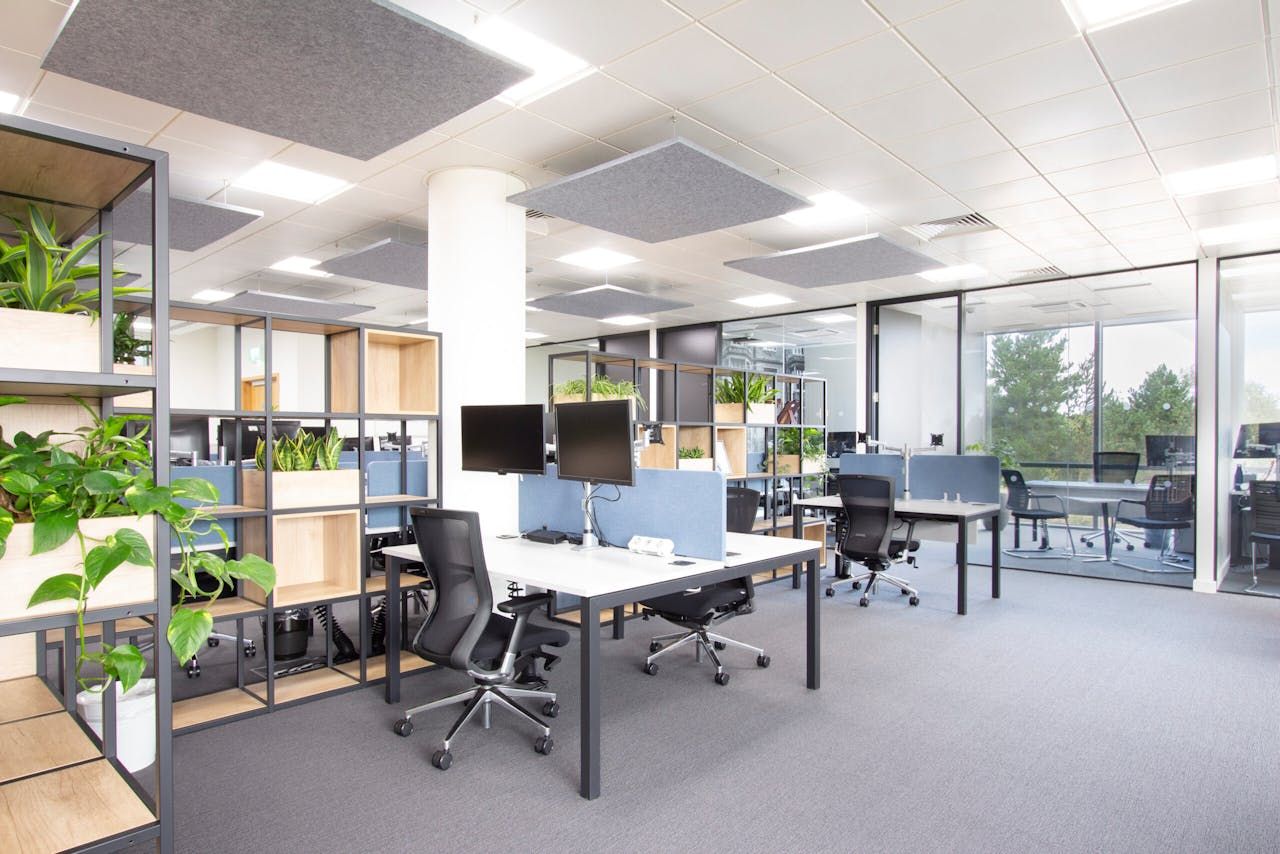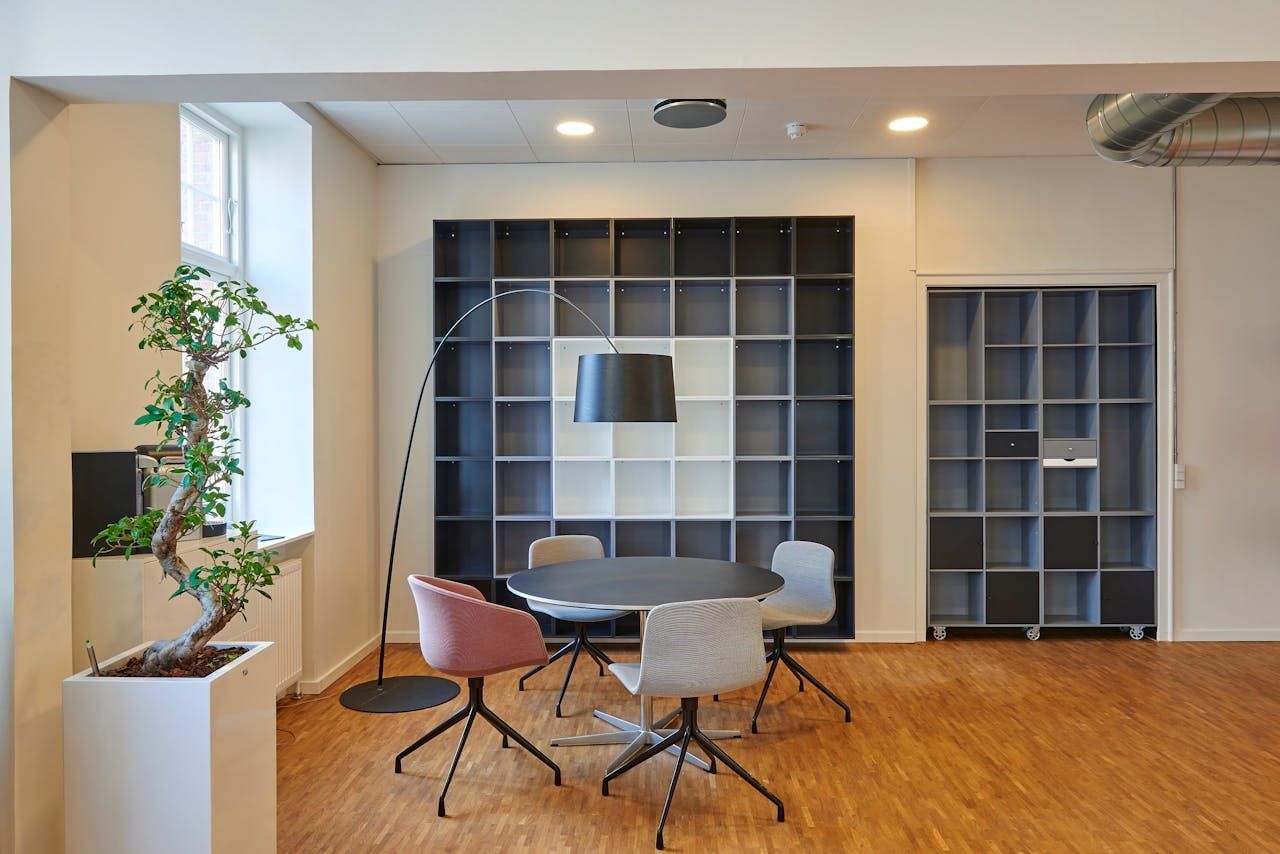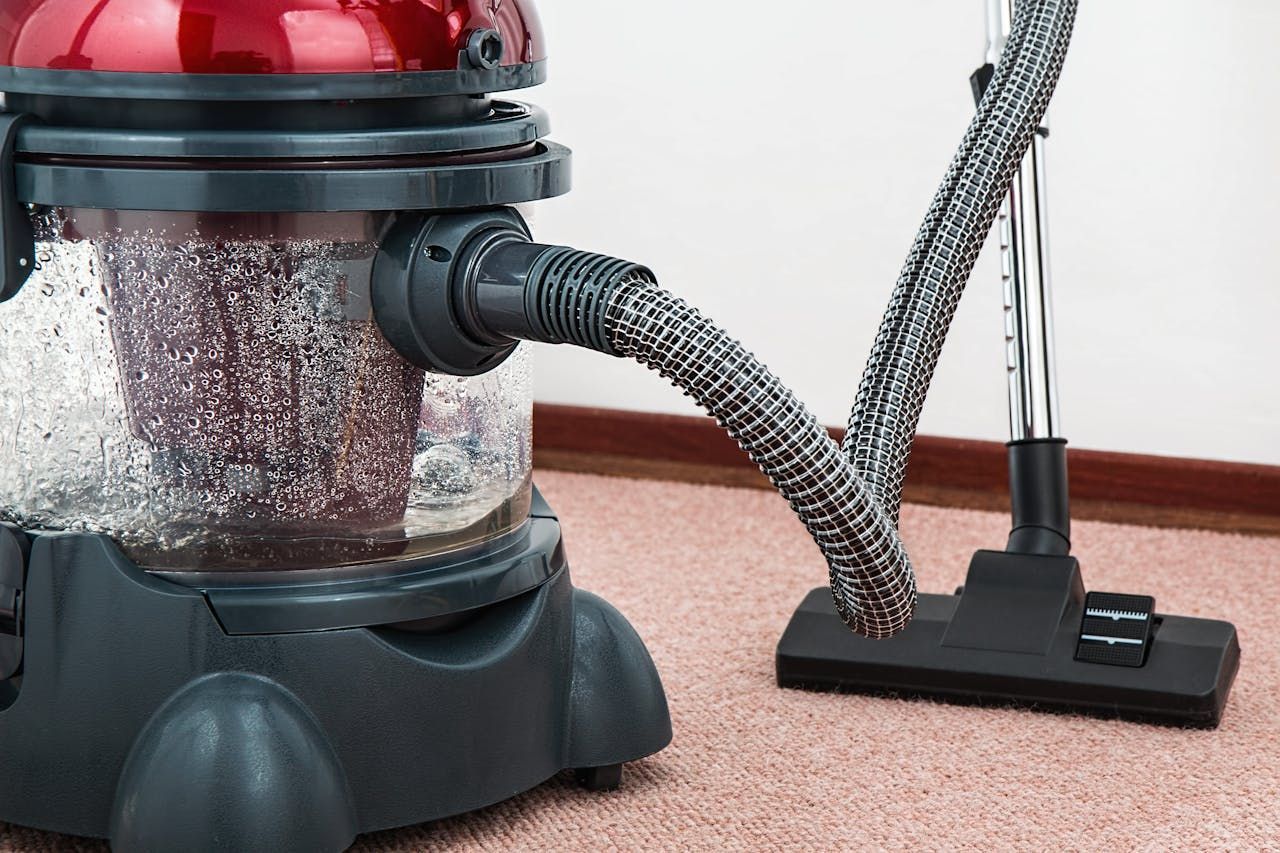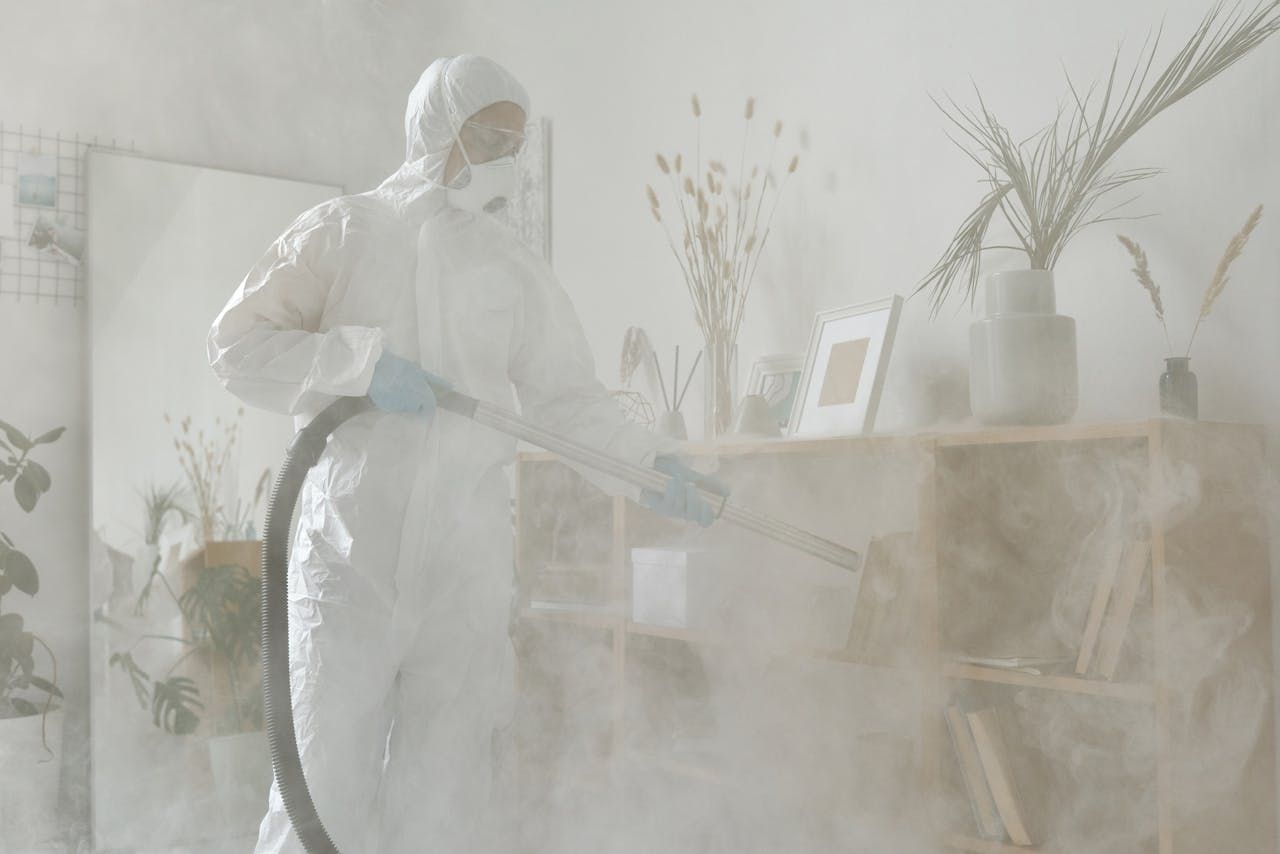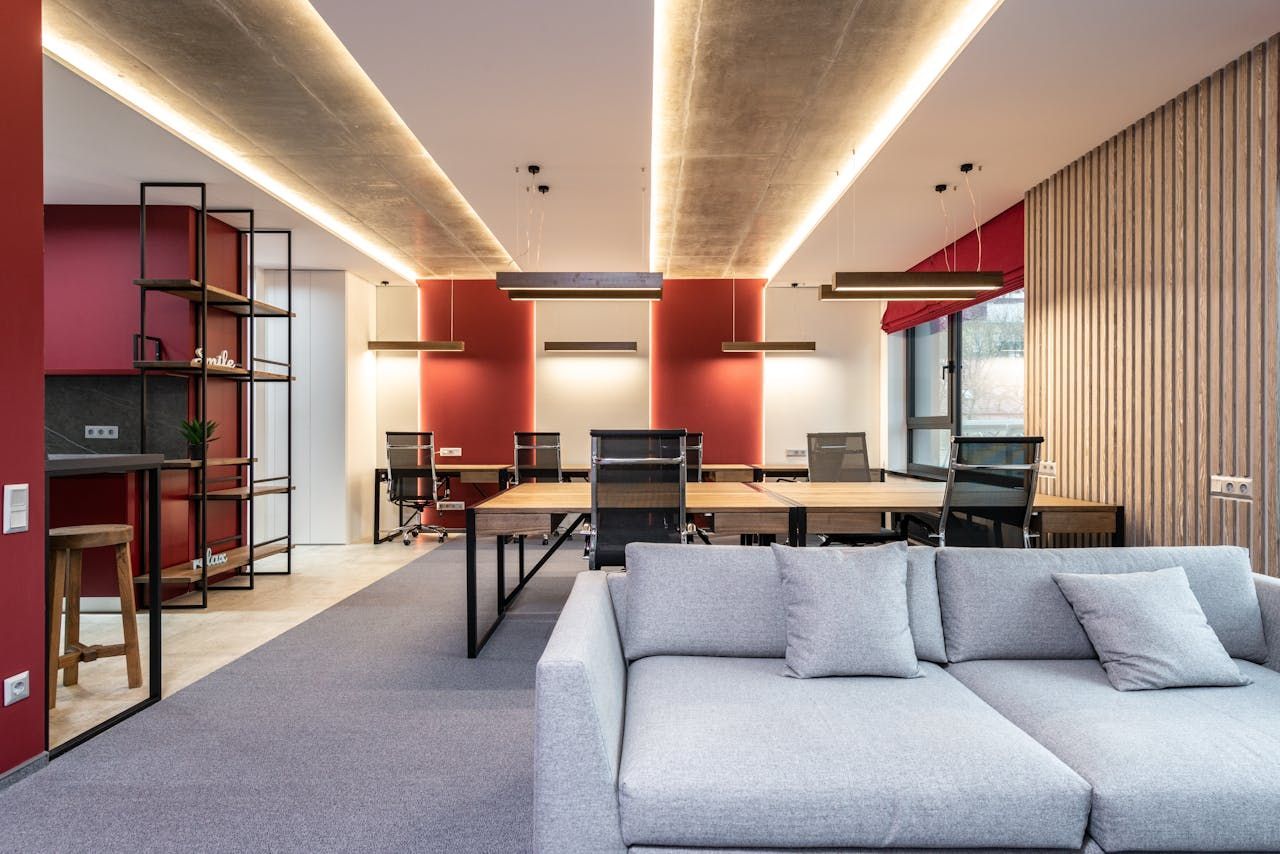The Future of Office Hygiene: How Technology is Revolutionising Cleanliness
Back in the 60s there was a futuristic cartoon - The Jetsons. They had a robot maid, Rosie, who kept their home clean so they didn’t have to lift a finger. Even 60 years ago, people were imaging a world where technology would take care of some of the more mundane and laborious tasks. But how close are we to that vision?
Many homes have a robot hoover, but what else is on the horizon? From smart cleaning bots to germ free solutions for the workplace, there could be cleaning tech made with your particular office cleaning challenges in mind.
Let’s take a look at the future of office hygiene - powered by technology.
Smart Cleaning Robots
It turns out that The Jetsons weren’t too far off the mark. Cleaning robots exist today, and not just in the home.
Commercial robot cleaners are what you might expect. They can mop, scrub, sweep and vacuum without human intervention and are usually automated with your workplace’s needs in mind. With efficiency at the fore, smart cleaning robots are there to assist your
professional office cleaners, taking on some of the simpler tasks to allow them to intensively clean your space and give it the rigorous attention it needs.
Because robot cleaners are designed for specific tasks, it makes them highly efficient at what they do. They can often complete tasks such as vacuuming as fast a human would, thanks to their ability to cover large areas quickly.
What you get from these smart cleaning robots is enhanced performance - they’re programmed to use the same pressure, motion and technique as an experienced cleaner, giving you the same result as a human, but optimised.
And don’t worry, humans have a job alongside these machines. They still need someone to operate and troubleshoot them, but now the job has less manual labour and your cleaning team can get more done in the time they’re given.
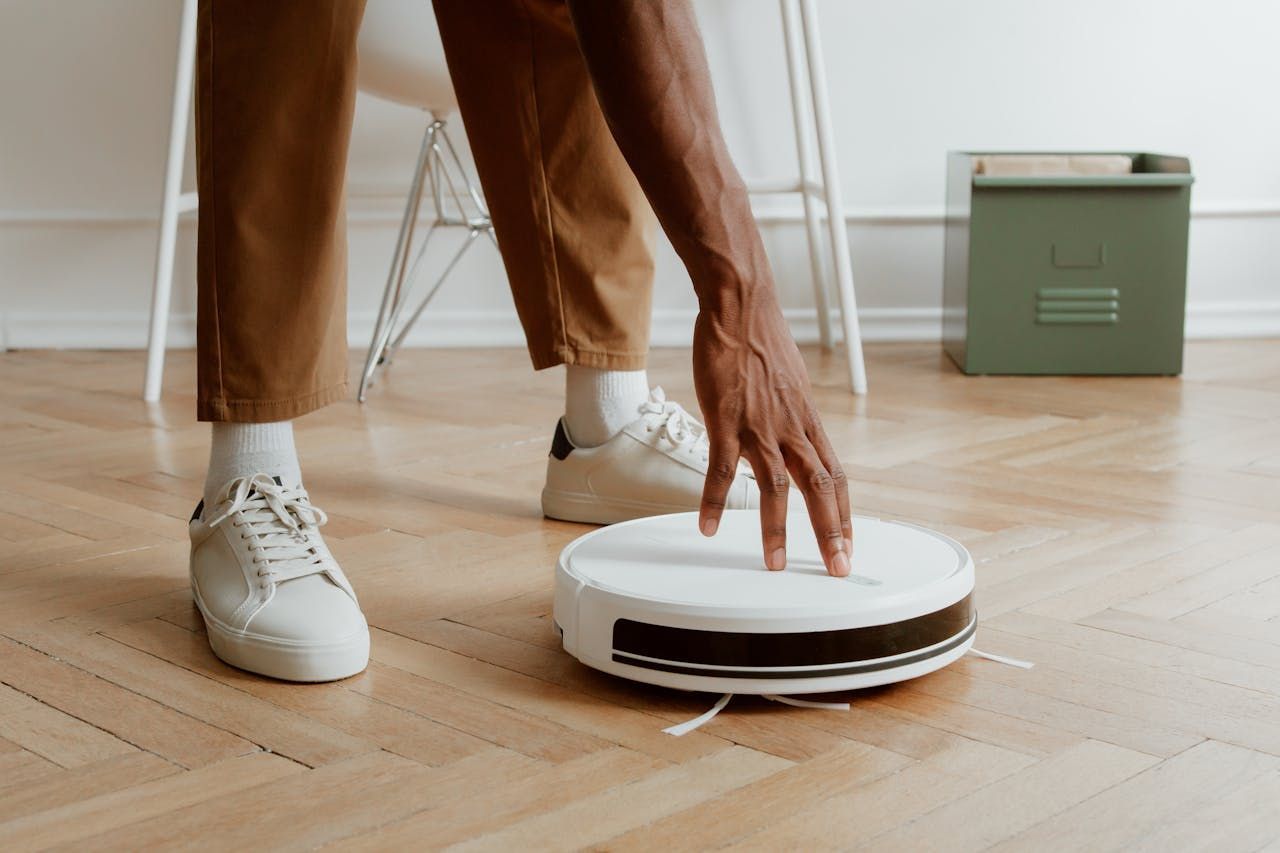
Touchless Solutions for a Germ-Free Workplace
The pandemic put workplace hygiene under the microscope. All of a sudden, many people realised just how many germs are spread in an office. This gave rise to a touchless environment.
Without as many high-touch areas in a workplace, the chance for spreading illnesses and germs is reduced. So by identifying those frequent touch-points, innovators were able to create smart and touchless solutions to minimise the chance of contamination in the office.
It meant more businesses and facilities invested in technologies like:
- Automatic soap dispensers and hand dryers
- Sensor-activated taps and toilets
- Touch-free door access with smartphones, cards, fobs and facial recognition
- Antimicrobial surfaces and coatings
These innovations reduce cross-contamination and promote a healthier workplace, ultimately supporting your business’ interests and employee wellbeing.
IoT Sensors: The Eyes and Ears of a Smart Office
The Internet of Things (IoT) is where everyday things are connected so they can communicate.
So, connecting sensors to the IoT means you can create an internal network of monitored hygiene factors. This tech plays an interesting role in workplace hygiene, as sensors can monitor things like:
- Air quality and ventilation
- Occupancy levels in different areas
- Usage patterns of certain spaces (like toilets or showers) and other facilities
This data can be used to create cleaning schedules, identify potential problem areas, and improve overall hygiene. It ultimately keeps you or your cleaning team in the know, so your workplace hygiene is tailored to your real-world needs.
UV-C Disinfection
UV-C disinfection is an effective, revolutionary method for killing viruses and bacteria. UV-C light is absorbed by microorganisms' DNA, damaging its structure and preventing the organism from performing vital functions, like reproducing or causing infection.
This technology is used primarily in hospitals and medical settings, but it can also benefit busy office settings. UV-C disinfection can be used to disinfect work surfaces, equipment, air purification systems, and more. It could be especially useful in cases where the use of chemicals or cleaning agents isn’t possible.
Because this type of disinfection is done using light absorbed directly into any harmful microorganisms, it’s incredibly effective. You could benefit from minimal contamination from previously used sponges, cloths or chemical residue.
With this in mind, it’s important to use UV-C disinfection with care, as direct exposure to UV-C bulbs is very dangerous and can cause severe burning, so always use them in an appropriate manner - or leave it to the professionals!
Water-Saving Cleaning Technology
Electrolysed water cleaning transforms a salt solution into a powerful and reliable disinfectant. By combining salt with water (usually 12g salt to 2 litres of water for the same amount of resulting cleaning solution) and electrolysis, your cleaners can cut out the need for harmful or abrasive chemicals and cleaning products.
This sodium hydrochloride solution is great at killing germs and bacteria while using significantly less water (up to 70% less water than is used to create other common cleaning fluids). It has the benefit of being non-toxic as well as eco-friendly, making it ideal for settings such as nurseries, schools and medical workplaces.
Without the need for harsh chemicals, your workplace can get a fresh and effective clean without strong smells, abrasives or the risk of allergic reaction. And because it’s only made from water, salt and a simple electrolysis process, it’s cheaper than traditional cleaning products too, so you can get the same germ-killing clean without the big price tag of name brand cleaners.
Electrostatic Disinfection
Electrostatic disinfection adds an electric charge to the disinfectant used. This is done using a dedicated machine which can add air and an electric charge to the disinfectant solution. This means that when sprayed, the positively charged liquid attracts the negatively charged particles, combining the two so that when wiped away, there is less dirt left behind.
To understand how this works, first imagine a dusty work surface or perhaps computer monitor. Spraying a cleaner onto this and then wiping may still leave behind tiny, visible dust particles, even though it has been wiped.
By electrolysing the disinfectant, dust and dirt is drawn to the surface when the cleaner is applied.
This innovation is ideal for hard to reach areas, high touch areas or spots where a deep clean is essential.
At The Forefront Of The Cleaning Tech Revolution…
The future of office hygiene is here, and it's powered by technology. LNC is ready to embrace these innovations to create a healthier, safer, and more productive workplace for our clients, not one that just follows the fads.
We are committed to staying at the forefront of cleaning technology, so if you want your office to benefit from the best in efficient, effective cleaning methods, get in touch to
get your quote
today.
